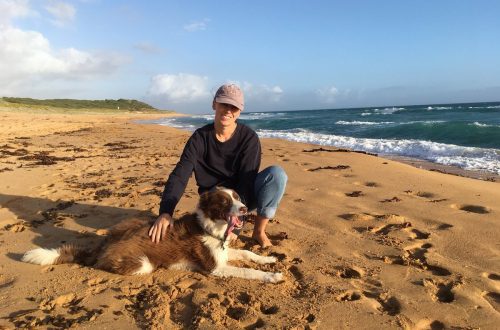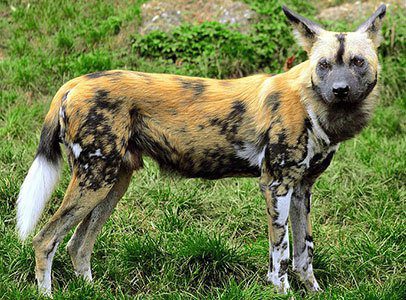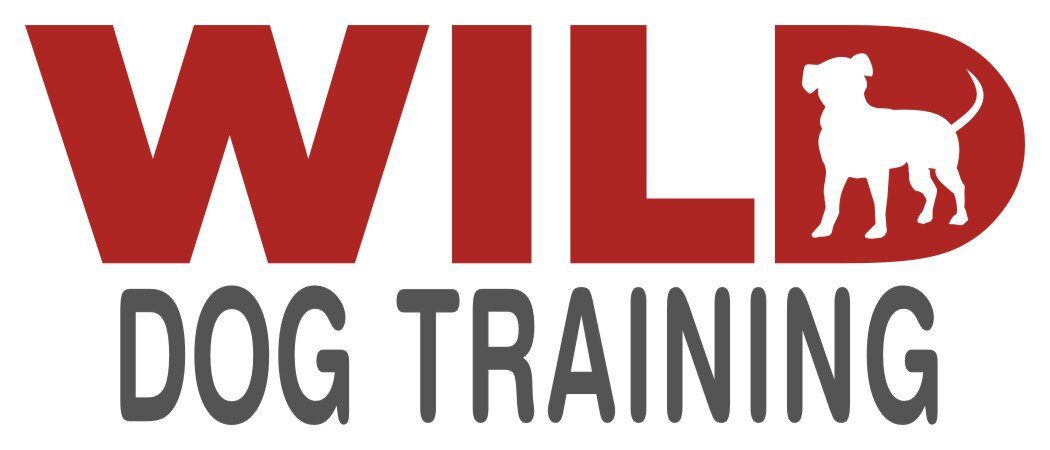
Wild dog training is the key to a happy partnership
Establishing the first contact is not enough for a full-fledged happy life of a dog. That is, of course, if a dog is given into hands, enjoys human affection, is happy to meet a person and is sad when parting, this is great, but most often at the beginning of the adaptation path, we talk more about the formation of the dog’s emotional connection. Attachment comes later.
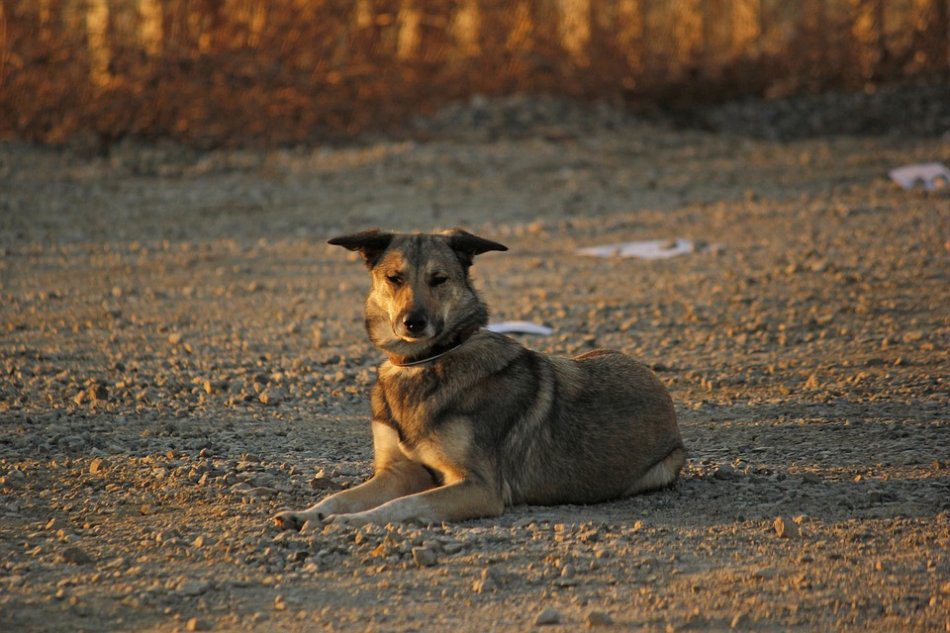
Photo: maxpixel.net
Why train a wild dog?
Attachment differs from an emotional connection and manifests itself in the fact that in the presence of the owner the dog becomes more active, more actively explores the world around him, treats new objects more boldly, in case of danger, he runs to seek protection from the owner, whom he begins to perceive as a security base.
It is against the background of affection that a dog begins to develop trust in a person. Predictability and understandability of human actions help to develop trust. After all, the more we understand the object, the better we know it, the less we are afraid of it. And here the training of a wild dog helps us a lot.
On the one hand, it gives the dog another additional clue to understanding what a person expects from a dog, what behavior of the dog pleases him, what kind of displeasure. As we teach a child the basics of life in society, so we teach a wild dog with the help of training life in a human society, life with its person.
On the other hand, training carried out using the operant method, where the dog is an active participant in the learning process, where we actively and often encourage the correct decisions of our ward, rejoice in his micro-victories, teach the dog to be human-oriented, strengthen the dog’s self-confidence and self-confidence. a person, teaches initiative, self-control and the ability to deal with frustration.
On the third hand, learning new commands and tricks gives the dog the necessary mental load and helps to cope with fears and shyness.
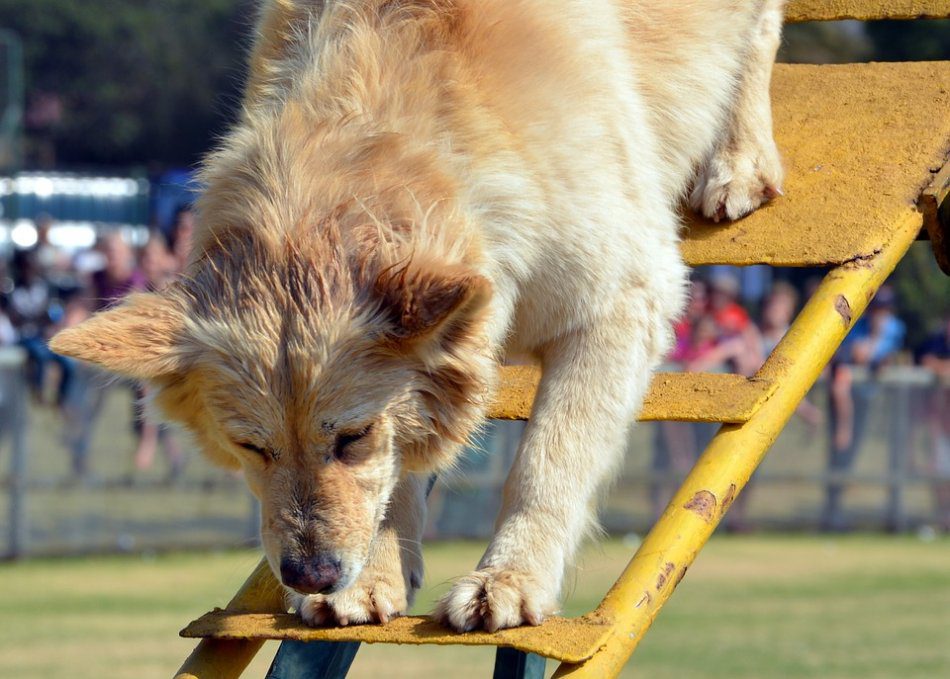
Photo: maxpixel.net
How to start training a wild dog?
I understand that it sounds more than fine, but I want specifics. In general, I believe that dogs are amazing creatures that can absorb a huge amount of information, that they can be trained all their lives and with the right approach to training, the dog will love training. But if we are talking about ex-wild dogs that are in the process of rehabilitation and adaptation, I consider the recall command to be a particularly important command. It is important for all dogs, but especially for wild ones.
Quite often, a feral dog that does not yet trust a person will slip off the leash or turn out of the collar / harness during the first 6 months. If such an incident happens, in most cases we are faced with the fact that the dog, which is free and not trained to call, at first seeks to return, to approach the owner, but on the last steps it becomes shy before the hand extended to it and jumps back. Having made several attempts to approach the person, the dog drives itself into a state of stress, which it is no longer ready to resist, and it chooses a different option – it goes further, driving itself more and more into a position where it becomes more and more scary to approach the person.
I know quite a lot of stories when a wild dog, which lived for 6, 9 months in a family without proper work of a specialist, one day fell off the leash (accidentally or from fear of fireworks or other fears), was not given into hands, and then completely ran away. That is why I consider it a paramount task to work out the recall.
There are many methods of work, but they must be chosen, guided by the characteristics of each individual dog. The only very important point: call processing (like all other training, but the call is our EVERYTHING) should always be carried out in a joyful way, should always promise the dog mountains of food, hours of play, thousands of caressing hands.
The next important skill I think is the ability to walk on a sagging leash. Not only and not so much for the comfort of the person walking the dog (although, of course, for the sake of him too), but it is important for us that the former wild dog feels comfortable accompanied by a person. Well, you probably know that a tight leash often provokes aggression, and also leads to pain in the dog.
Another important skill complex (Sit-Stand-Lie) for general development and for the purpose of further working out stops from movement and endurance. The dog learns the complex quite quickly, does it with pleasure, and often in stressful situations for the dog, its attention can be switched to itself using familiar commands that are associated with something pleasant.
The “Down” command may turn out to be more difficult to master for a wild dog. It is associated with trust and the need to control what is happening around. The lying position makes the dog quite vulnerable in case of danger, it is inconvenient for her to quickly run away from lying down. Therefore, I advise you not to force things: if the dog is not ready to lie down with the help of guidance, if it begins to actively look around, show stress signals, it is better to stop practicing the “Sit” and “Stand” commands for the time being, and return to “Lie down” later , as the dog’s confidence builds.
Exposure is also extremely important, it is used in many contexts, but I will point out here the role of endurance in the case of timid dogs that follow the person everywhere with their tail, cannot relax and howl even when the person goes to take a shower. Of course, one exposure will not solve the problem of increased anxiety of the dog, this problem is solved in a complex, but endurance, the ability to stay in the place indicated by the person, where the dog performs the exercise and knows that the person will return and reward him for waiting, is an important element in the complex of measures .
Also, I highly recommend constantly working on team practices, in which a person either hangs over the dog, or requires close proximity from it.
Wild dogs tend to keep a safe distance from a person for quite a long time, very clearly observing their individual distance. As you remember, most of our work with the game is aimed at gradually, gently getting the dog out of its uncomfortable comfort zone, expanding horizons. To teach that a person is not a terrible or dangerous creature, that some overhanging does not bode evil and pain, but will be rewarded. Moreover, we strive to show the dog that the most “satisfying” place is right next to the person, at his left leg, for example. That is why I recommend teaching the dog to twist tightly into the basic position (command “Nearby”) and walking near a person’s foot.
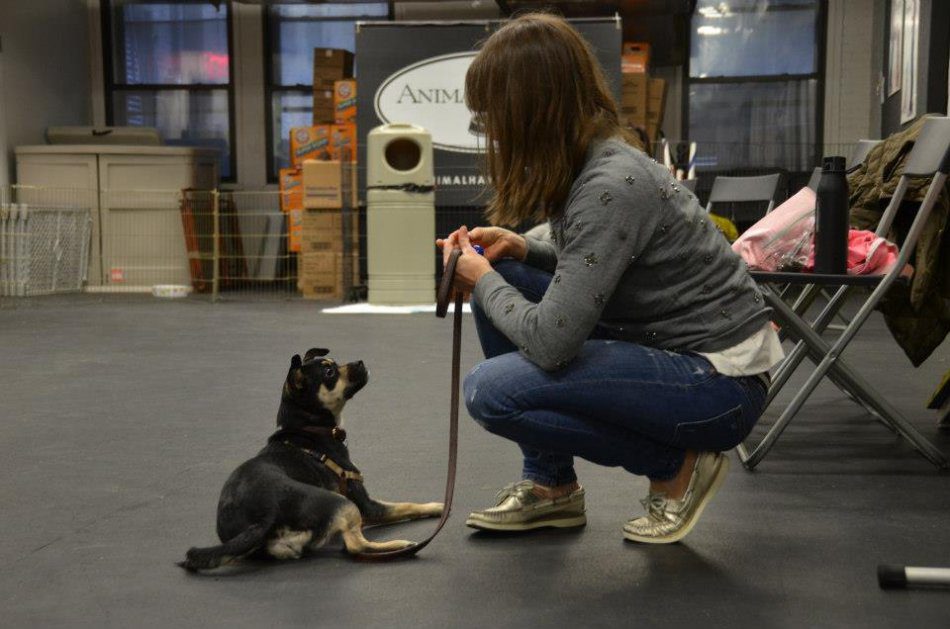
Photo: flickr.com
Trick training wild dog
Next, I will list some of the trick commands that I make sure to use when working with a wild dog.
We start with volchkov и юл (circling around itself in one direction and in the other). When teaching these commands, a person hangs his hand over the dog for a split second. That is, we gradually and gently introduce the understanding that hanging, which in dog language is interpreted as a threat, but in our daily life with a dog is practically necessary (to wash and dry paws, fasten a leash, etc.), in our world is not a threat is.
When the dog has mastered these simple tricks, we teach him how to walk. snake – the essence is the same, a person can hang, but this is not scary at all. Here the dog is trained to walk through the arches formed by the legs.
At the same stage, you can train the dog to enter the arch of the legs. backwards (and then we first hang over the dog with the body, turning its croup towards us, and then we lead it into the arch of the legs).
House is also a great team. When doing it, the dog comes to our feet and stays there. Often, dogs that have learned this command, at the moment of danger, run to the owner and hide in his “house” – this situation, if the dog trusts the person, is species-typical for her – this is how puppies hide between the mother’s front paws in case of danger.
Next, I will list a few commands related to “knocking out the soil” from under the paws. Learning these commands teaches the dog to trust the person and helps build confidence. I recommend teaching wild dogs to tear off their front paws on command and put them on the surfaces that the person suggests, to do Bunny (in a sitting position, rise in a column), do somersaults и lie down on one side.
Of course, when teaching these “uncomfortable” commands, it must be taken into account that mastering them requires a large psycho-emotional load from the dog, so I do not recommend simultaneously learning more than two commands that are uncomfortable for the dog, always after a session of teaching an uncomfortable command, give the dog a relaxation – play with it or just run around (running contributes to the production of endorphins), switch to the execution of your favorite team.
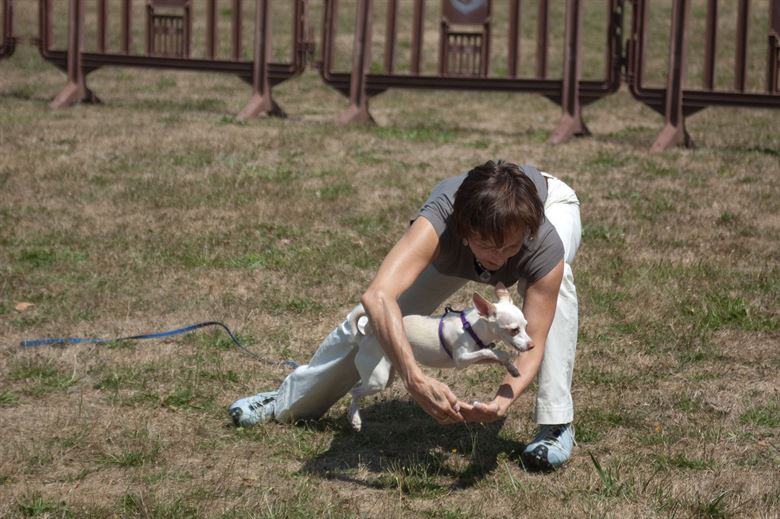
Photo: af.mil
The process of training, built by the operant method, is useful and enjoyable for both partners. A person sincerely rejoices and admires the victories of the dog, the dog rejoices that it is appreciated, praised and fed or played. In my opinion, it is the training process that facilitates the development of trust in a person and is the golden key to a further happy partnership with a wild dog.




